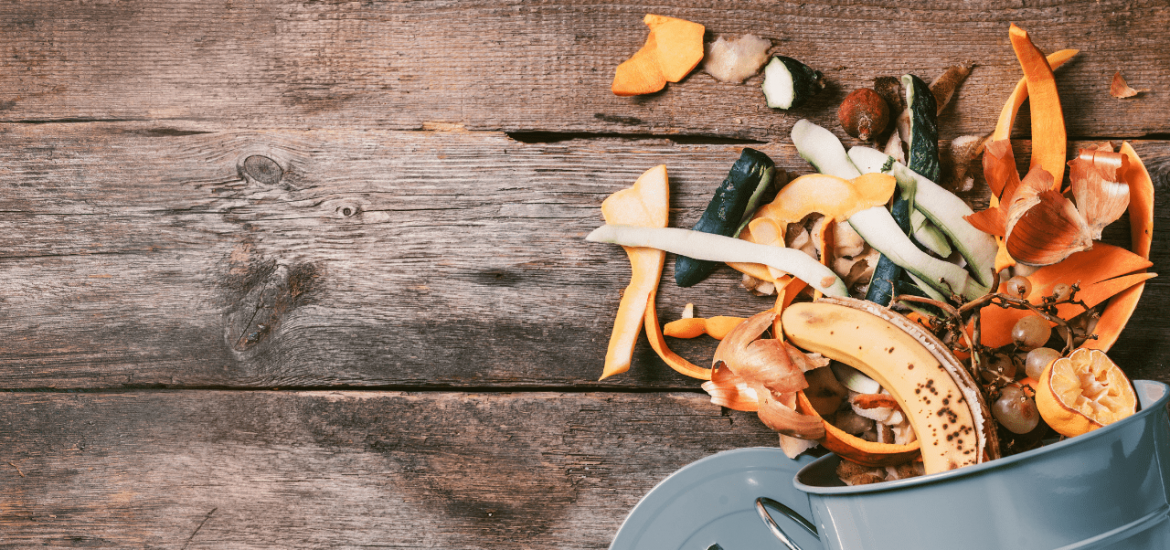Composting 101: A Beginners Guide to Successful Composting
Why is composting important? Composting allows you to create your own healthy soil for free. More than 40 percent of what is in the landfill could have been composted. You can keep that much waste out of the landfill by simply composting your organic matter or kitchen scraps.
Do’s and Don’ts
DO compost these items:
Fruits, Vegetables, Grains/Bread/Rice, Coffee Grounds/Filters, Tea bags, Nuts/Shells, Egg Shells, Pasta, Newspaper/Cardboard, Paper Bags, Leaves, Yard Trimmings, Dead Plants
DON’T compost these items:
Meat, Seafood, Bones, Dairy, Grease, Oil, Chemicals, Plastic, Wax Coated Paper, Feces, Styrofoam
Extra Tips:
- Cut up large items so they can compost quicker.
- Large items like avocado pits, root balls and oyster shells can be composted but may take quite a bit of extra time.
If you’re unsure on whether or not it can be composted, think in color…
GREENS – Materials that are moist or were recently growing are nutrient rich.
- Fruits, veggies, coffee grounds, egg shells, etc.
- Items from the garden that are still green such as grass clippings, weeds, plants.
BROWNS – Consists of dry or woody plant material.
- Dry leaves, wood chips, straw.
- Newspaper, paper bags, napkins
Compost Collection
Collect your food scraps in a pale, bucket or an enclosed compost collection bin to keep the smell enclosed. Check out the Solana Center Store for great composting items and ideas such as bins and thermometers.
Layer your collected food waste (Greens) in your compost bin with your Browns. You ideally want two parts Browns and one part Greens.
Keep your compost piles moist, with the consistency of a damp sponge and make sure there is some air flow.
Finished Product Tips:
- Add your finished compost to any soil to enrich it with nutrients.
- Add some to the top layer of soil in potted plants.
- Use it as a nutrient enhancer for produce in the garden.
- Add it to the base of your trees near the roots by digging small holes around the trunks and filling them with fresh composted soil.
Variations in Composting Bins
Find out what composting bin method is right for you, whether that’s vermicomposting or bokashi!


